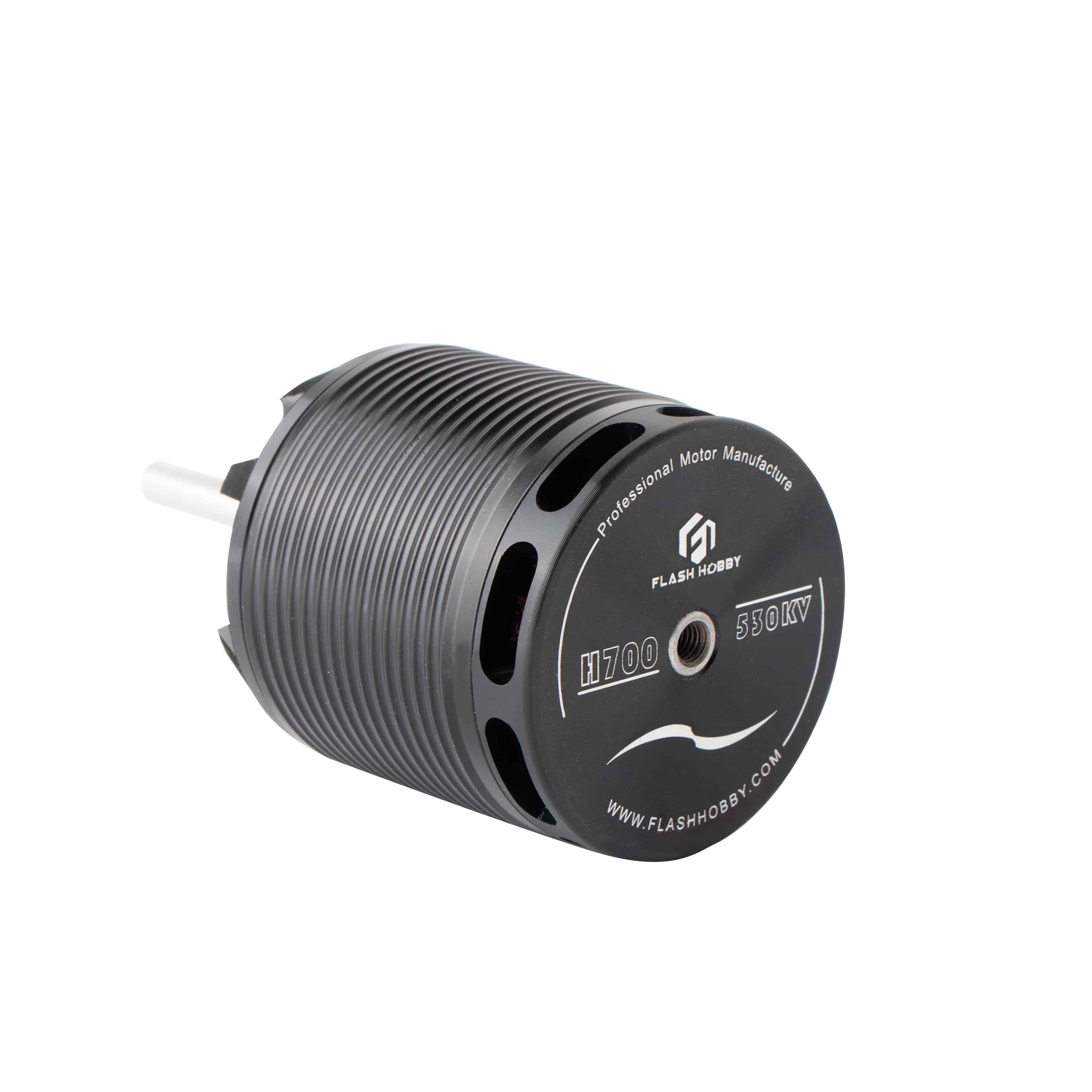Key features and types of helicopter motors
2023-10-17
Helicopter motors, also known as helicopter engines, are specialized propulsion systems designed to provide the necessary power and thrust to lift, control, and propel helicopters through the air. These motors are highly engineered and come in various types, depending on the type of helicopter and its intended use. Here are the key features and types of helicopter motors:
Key Features:
1. High Power Output: Helicopter motors are designed to produce sufficient power to lift the helicopter off the ground, maintain hover, and provide thrust for forward, backward, and lateral movements.
2. Reliability: Reliability is crucial for helicopter engines, as they must operate continuously and safely, often in demanding environments.
3. Redundancy: Many helicopters, especially those used in commercial aviation and military applications, are equipped with multiple engines for redundancy and safety. This ensures that the helicopter can continue to operate safely in the event of an engine failure.
4. Fuel Efficiency: Helicopter motors are designed to be fuel-efficient, as fuel consumption is a significant consideration in helicopter operation.
5. High RPM: Helicopter engines often operate at high revolutions per minute (RPM) to generate the power needed for lift and propulsion.
6. Compact Design: The size and weight of helicopter motors are critical factors, as they directly impact the helicopter's performance, payload capacity, and maneuverability.
7. Turbocharged and Supercharged Engines: Some helicopters, particularly larger and high-performance models, are equipped with turbocharged or supercharged engines to enhance their performance at higher altitudes.
Types of Helicopter Motors:
1. Piston Engines: These are typically found in smaller, light helicopters. Piston engines can be either reciprocating (commonly used in light helicopters) or rotary (Wankel engines).
2. Turboshaft Engines: Turboshaft engines are widely used in helicopters, especially in larger and more powerful models. These engines are similar to jet engines and produce power through a turbine rather than directly driving a propeller or rotor.
3. Turbine Engines: Some helicopters, especially military and heavy-lift models, are equipped with gas turbine engines, commonly referred to as turbine engines. These engines provide high power-to-weight ratios and are known for their reliability and performance.
Applications:
1. Civil Aviation: Helicopters with piston or turbine engines are used for various civil applications, including transportation, emergency medical services (EMS), law enforcement, search and rescue, and tourism.
2. Military: Helicopters are a vital part of military aviation, and they are equipped with various types of engines to fulfill roles such as attack, reconnaissance, transport, and troop deployment.
3. Agriculture: Some agricultural helicopters are equipped with specialized motors for crop dusting and spraying operations.
4. Heavy-Lift and Cargo: Heavy-lift helicopters used for transporting heavy loads, such as construction materials and equipment, often have powerful turbine engines.
5. Search and Rescue: Helicopters used in search and rescue missions rely on reliable and high-performance engines to reach remote locations quickly.
6. VIP and Executive Transport: High-end helicopters used for executive transport and VIP travel often feature advanced turbine engines for comfort and speed.
The choice of helicopter motor depends on the type of helicopter, its intended use, and performance requirements. Maintenance and care of helicopter engines are critical to ensure safe and reliable flight operations, making them a focal point in aviation engineering and maintenance.



